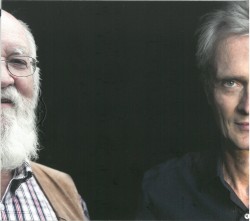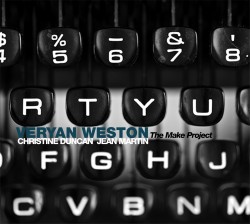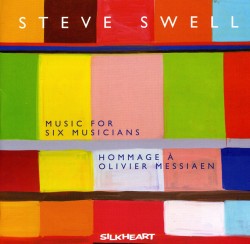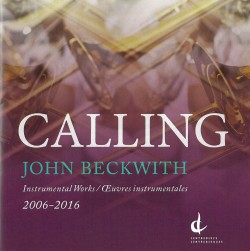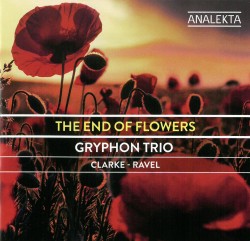Alice Ping Yee Ho: The Mysterious Boot - Susan Hoeppner; Winona Zelenka; Lydia Wong
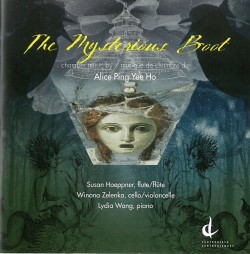 Alice Ping Yee Ho – The Mysterious Boot
Alice Ping Yee Ho – The Mysterious Boot
Susan Hoeppner; Winona Zelenka; Lydia Wong
Centrediscs CMCCD 25018 (musiccentre.ca)
Prolific Toronto-based composer Alice Ping Yee Ho adds to her extensive discography with these five works for flute, plus cello and/or piano, brilliantly performed by three superb Toronto musicians: flutist Susan Hoeppner, cellist Winona Zelenka and pianist Lydia Wong.
Ho’s compositions often reflect her Chinese ancestry (she was born in Hong Kong in 1960). Asiatic Impression for flute, cello and electronic tape “evokes,” writes Ho, “sounds of Asiatic instruments and ancient tunes.” More “ancient” echoes appear in two works for all three players, but here they’re Greco-Roman. Seiren is the mythical songstress whose hypnotic melodies fatally lured sailors onto reefs. Ho gives the instruments roles: flute/alto flute (Seiren), cello (sailor), piano (sea), creating a turbulent tone-poem scenario. In The Mysterious Boot (subtitled Cothurnus, the boot worn by actors in tragic plays), the musicians employ many unconventional techniques, seeming to offer quirky, hypermodern commentary on an archaic drama.
Ho describes Coeur à Coeur for flute and piano “as an imaginary conversation between two voices…confessing their feelings to each other.” By turns lyrical, passionate, playful, ruminative and vehement, the flute emerges as the dominant voice. Suite for Flute and Piano (1992) is an early Ho composition (the other four date from 2014 to 2017). It’s an attractive, French-sounding piece, suggesting that Ho hadn’t yet found her own dominant stylistic voice, a voice that sings loud and clear in the recent works on this highly entertaining disc.


